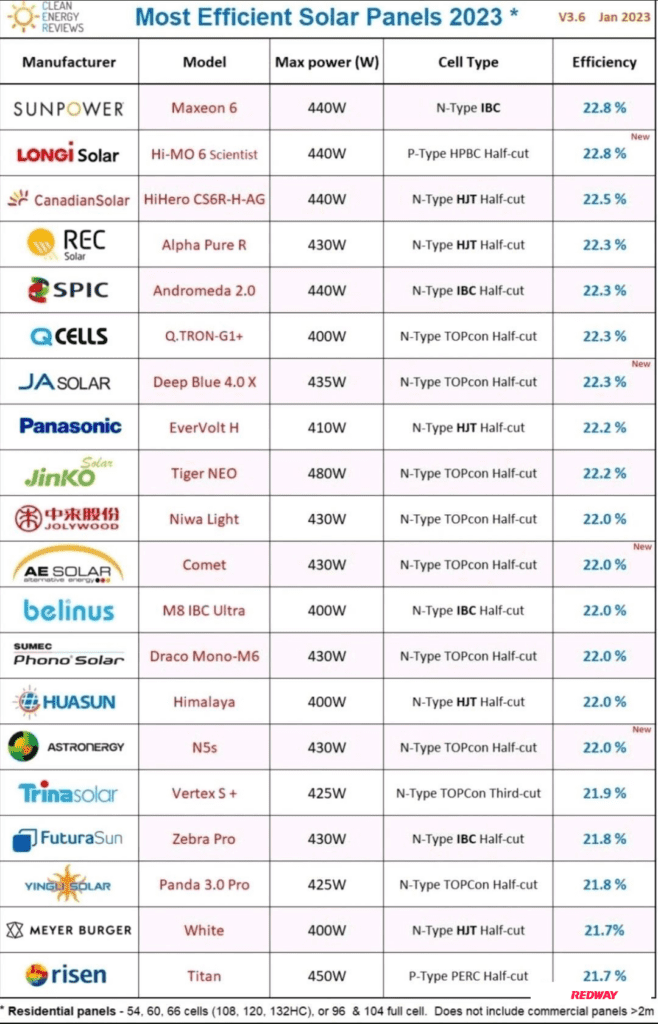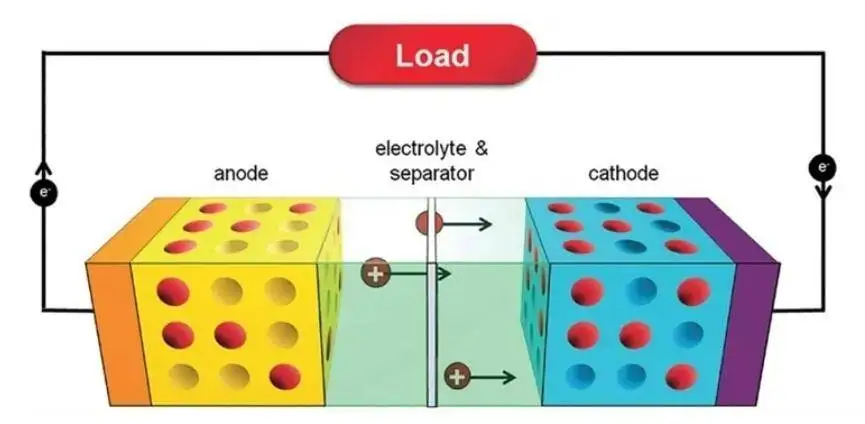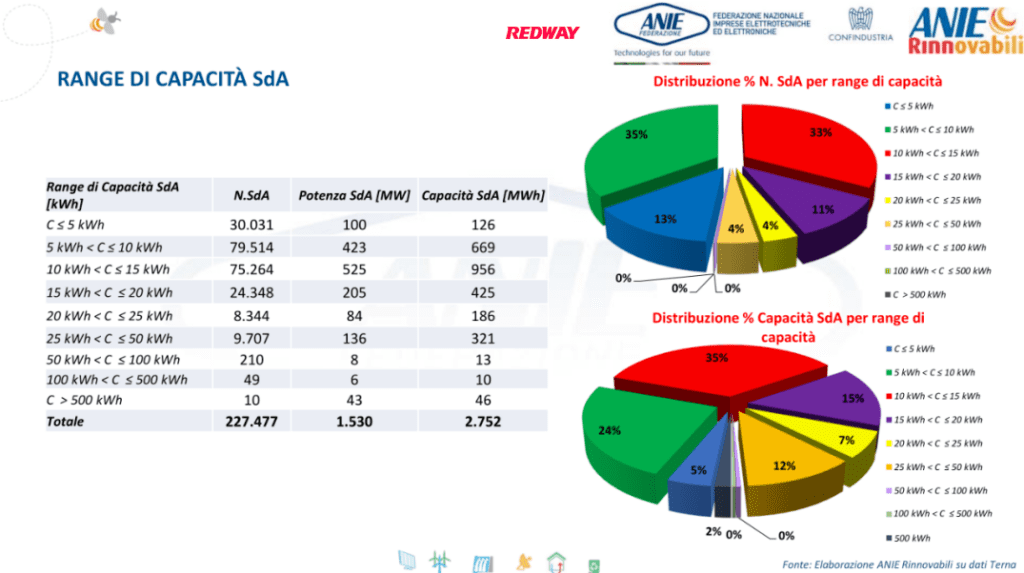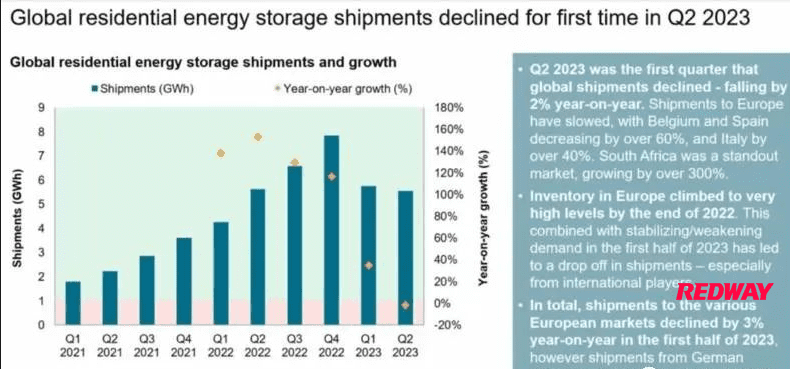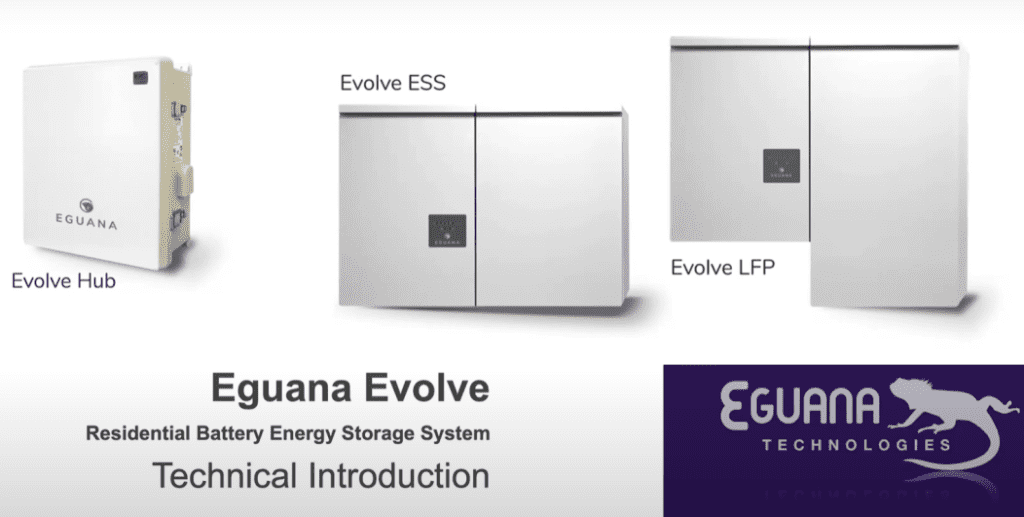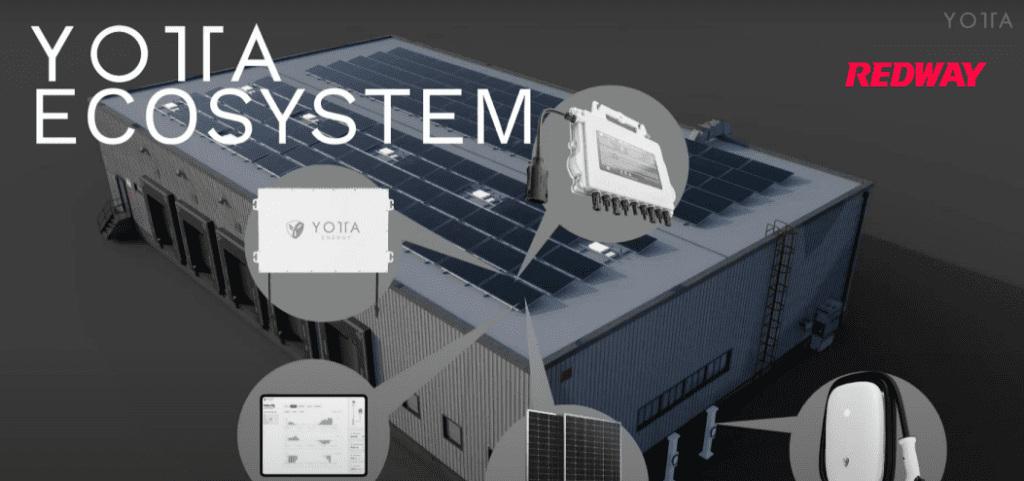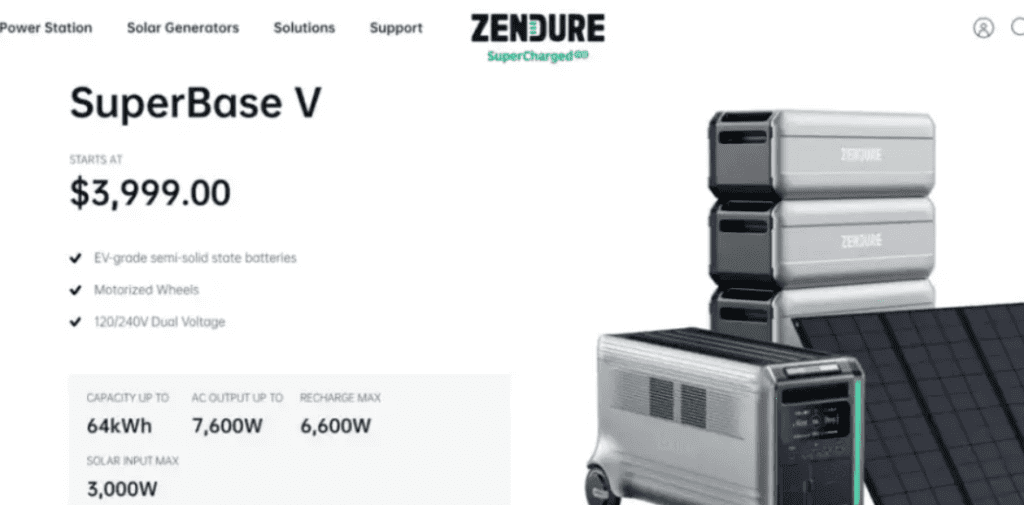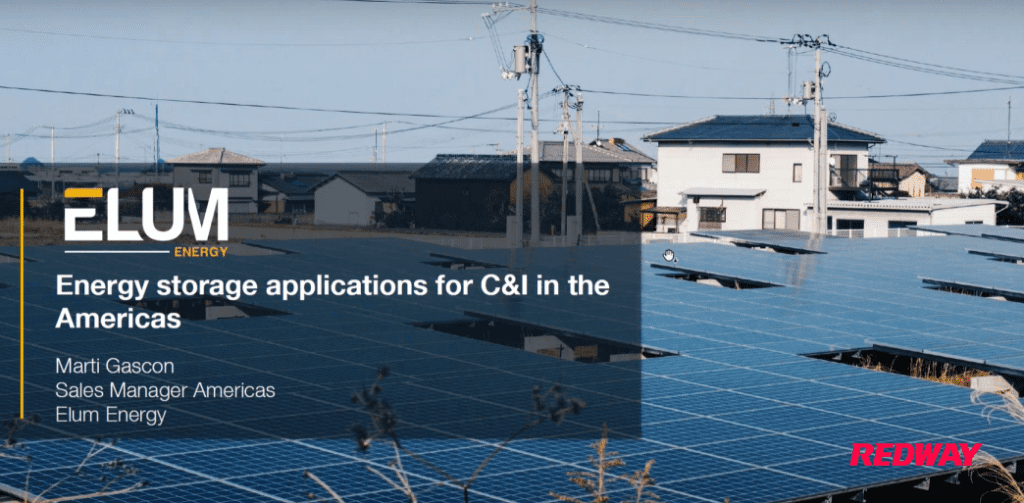In recent years, Tesla has experienced a notable shift in its business operations, marked by a significant transition from solar photovoltaic (PV) systems to energy storage solutions. This strategic pivot, driven by the company’s advancements in battery technology, has resulted in a remarkable year-over-year growth in its energy storage segment, even as its solar business continues to decline.
Decline in Solar PV Deployment
A 33% Drop in Solar PV Installations
In the second quarter of 2023, Tesla’s solar PV system deployments fell dramatically, registering a 33% decline compared to the same period in 2022. Specifically, Tesla’s solar installations dropped from 106 MW in Q2 2022 to just 66 MW in Q2 2023. This reduction highlights a significant decrease in the company’s focus on rooftop solar solutions.
The decline in Tesla’s solar PV business can be attributed to several factors, including increased competition, market saturation in key regions, and the company’s strategic decision to prioritize its burgeoning energy storage division.
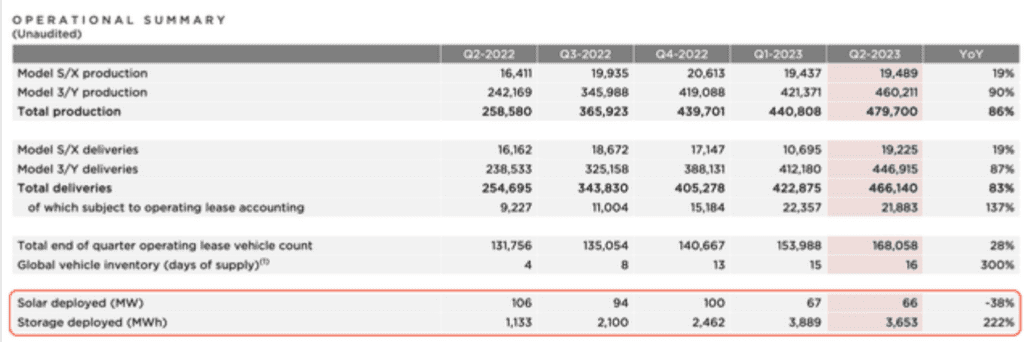
Surge in Energy Storage Deployment
An Astounding 222% Increase in Energy Storage Solutions
Contrasting sharply with its solar PV business, Tesla’s energy storage segment has experienced exponential growth. The deployment of Tesla’s energy storage systems soared from 1,133 MWh in Q2 2022 to an impressive 3,653 MWh in Q2 2023, marking a staggering 222% year-over-year increase.
This surge is largely driven by the increasing demand for Tesla’s Powerwall and Megapack products, which provide scalable and efficient energy storage solutions for both residential and commercial applications. The significant rise in energy storage deployment underscores Tesla’s successful pivot towards this sector.
Expansion of the Megapack Factory
Tesla’s expansion plans are further evidenced by the progress on its first Megapack factory in California. Upon completion, this state-of-the-art facility is expected to produce up to 40 GWh of stationary grid-scale batteries annually. This development is poised to solidify Tesla’s position as a leader in the energy storage market and support the growing global demand for reliable and sustainable energy storage solutions.

Strategic Implications and Future Outlook
Tesla’s Renewed Business Strategy
Tesla’s shift from solar PV systems to energy storage solutions is a strategic response to the evolving energy landscape. The company is leveraging its expertise in battery technology to address the increasing need for energy storage, driven by the rise of renewable energy sources and the need for grid stability.
The decline in the solar business does not signify an abandonment but rather a realignment of resources to capitalize on the more lucrative and high-growth potential of the energy storage market. This approach allows Tesla to maximize its technological innovations and market reach, ensuring sustained growth and profitability.
Market Dynamics and Competitive Landscape
The competitive landscape of the solar PV market has become increasingly crowded, with numerous players offering similar solutions. This saturation has made it challenging for Tesla to maintain its market share without significant investments in innovation and cost reduction.
Conversely, the energy storage market is at a relatively nascent stage with tremendous growth potential. Tesla’s early investment in this sector positions it advantageously against competitors. The company’s energy storage products, particularly the Megapack, offer compelling solutions for utilities and large-scale commercial applications, addressing critical energy storage needs and enabling the integration of more renewable energy into the grid.
Future Prospects and Growth Trajectory
Looking ahead, Tesla’s focus on energy storage is expected to yield substantial benefits. The increasing penetration of renewable energy sources like wind and solar necessitates advanced storage solutions to ensure grid reliability and efficiency. Tesla’s robust product lineup and ongoing innovations in battery technology position it well to capture a significant share of this growing market.
Moreover, the successful ramp-up of the California Megapack factory will enhance Tesla’s production capabilities, enabling it to meet the surging demand for energy storage solutions globally. This expansion is likely to drive further revenue growth and solidify Tesla’s leadership in the energy storage sector.
Conclusion
Tesla’s strategic pivot from solar PV systems to energy storage solutions marks a significant transformation in its business operations. The substantial decline in solar deployments is overshadowed by the explosive growth in energy storage deployments, highlighting Tesla’s successful adaptation to market dynamics and its commitment to driving sustainable energy solutions. With continued innovation and expansion, Tesla is well-positioned to lead the energy storage revolution and contribute to a more resilient and sustainable energy future.



